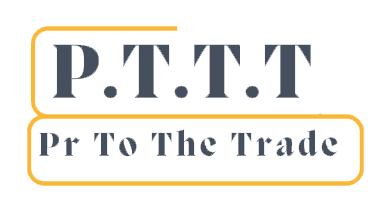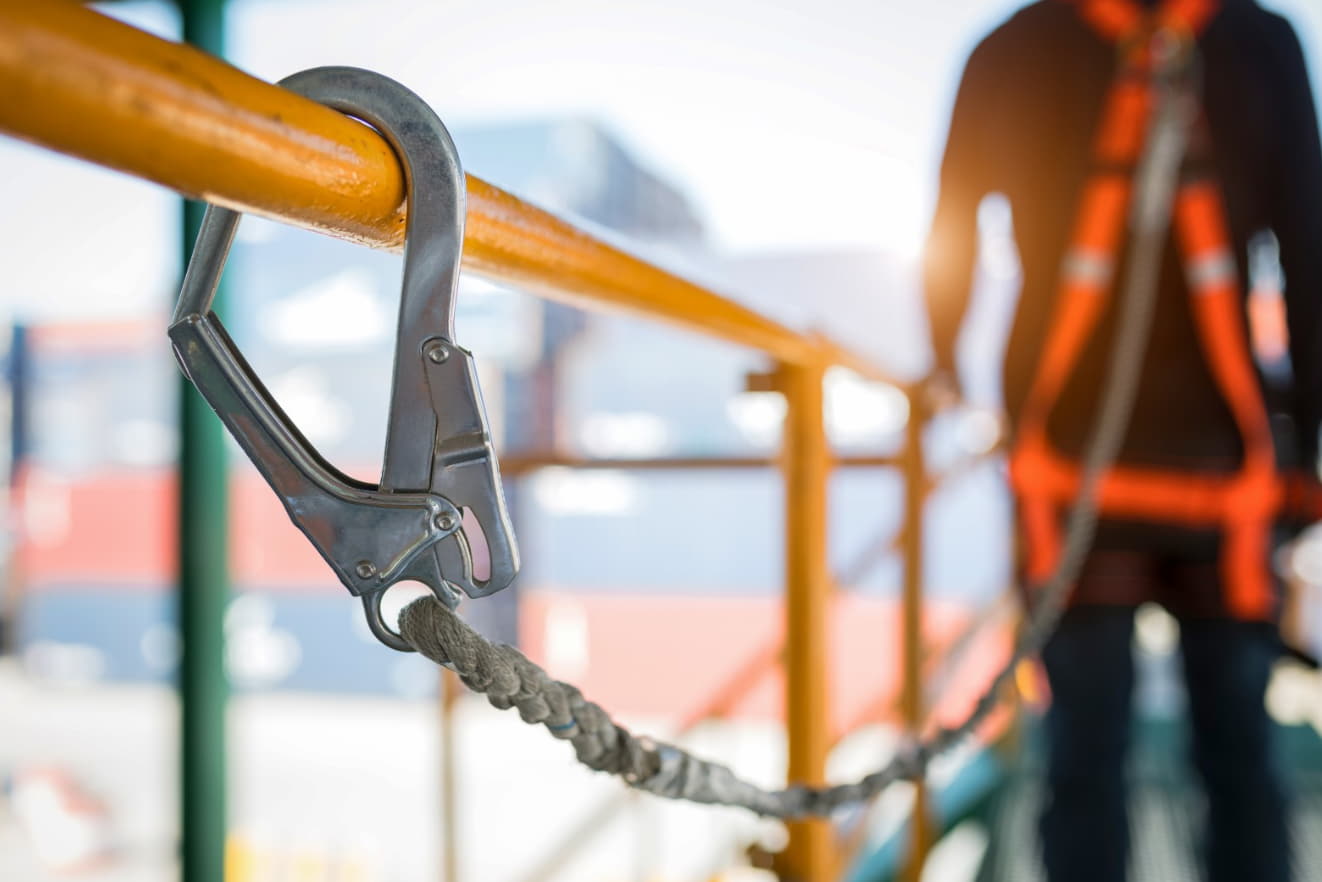When it comes to ensuring the safety of workers at heights, fall restraint equipment plays a critical role. These tools are designed to prevent falls and save lives. However, even with the best equipment at hand, certain mistakes can compromise the effectiveness of these systems. In this article, we’ll delve into the key errors to avoid when dealing with this kind of equipment.
Neglecting Proper Training
Possessing high-quality fall restraint equipment is not enough; proper training is equally essential. Workers should be thoroughly trained in the correct usage, adjustment, and maintenance of the equipment. Ignoring this crucial step can lead to misuse or faulty installation, rendering the equipment ineffective and putting workers at risk.
Improper Equipment Selection
Not all equipment is created equal. Choosing the wrong type of equipment for a specific task can lead to catastrophic consequences. Each job has unique requirements, so it’s vital to select equipment that is appropriate for the task at hand. Consider factors such as weight capacity, attachment points, and compatibility with other safety gear.
Inadequate Inspection and Maintenance
This equipment undergoes wear and tear over time. Failing to conduct regular inspections and maintenance can result in malfunctioning gear. Frayed ropes, damaged harnesses, or faulty connectors can spell disaster when least expected. A thorough inspection schedule and prompt maintenance are essential to ensure the reliability of the equipment.
Poor Anchor Point Selection
Anchor points are the foundation of fall restraint systems. Choosing weak or unsuitable anchor points compromises the entire system’s integrity. Conduct a thorough assessment to identify sturdy anchor points that can withstand the force of a fall. Failing to do so can result in anchor point failure and a potentially fatal fall.
Improper Fitting of Harnesses
Harnesses are a crucial component of this restraint equipment. Incorrectly fitting harnesses can cause discomfort, reduce mobility, and even lead to injuries in the event of a fall. Ensure that workers are trained to properly adjust and wear their harnesses to ensure a secure fit and maximum protection.
Conclusion
In conclusion, while fall restraint equipment is a vital tool for ensuring worker safety at heights, avoiding critical mistakes is equally crucial. Avoiding these mistakes can enable you to enhance the effectiveness of your safety systems and minimize the risk of accidents. Remember, a proactive approach to safety can save

